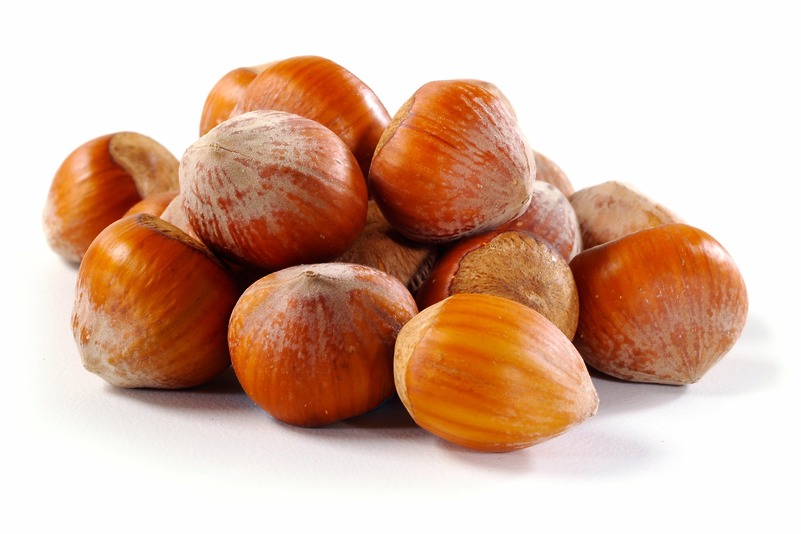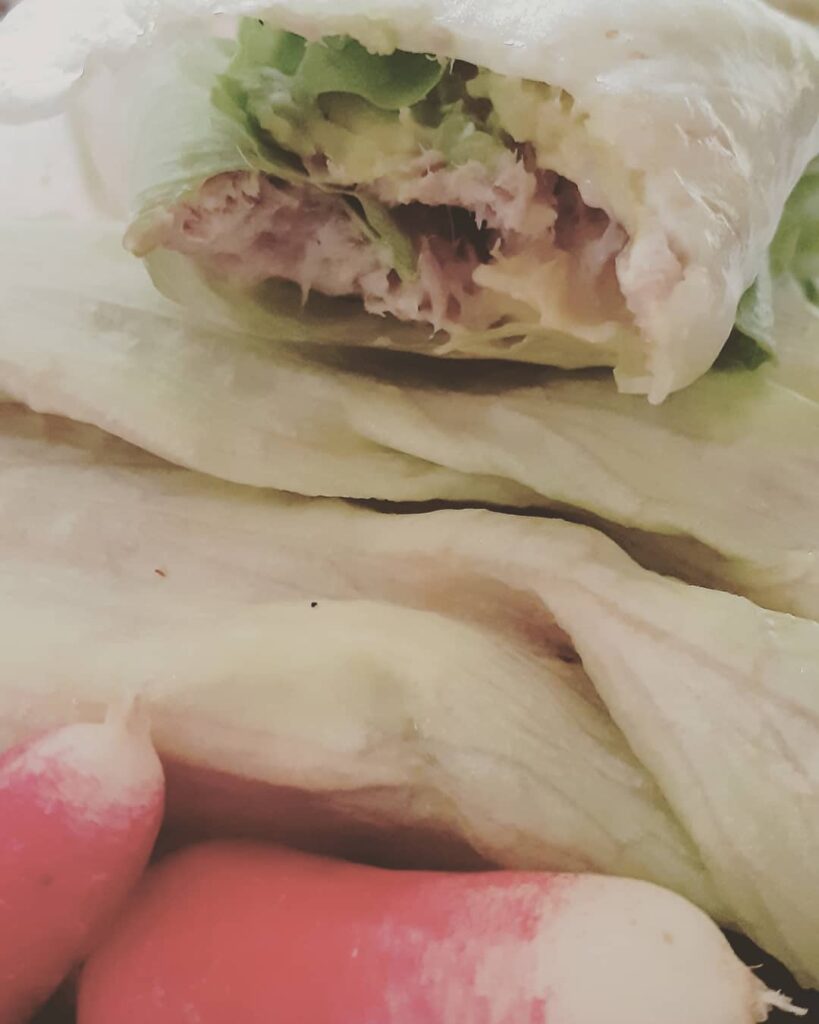HOLISTICALLY YOURS·FRIDAY, 30 AUGUST 2019·
For this month, we have the Letters H & I – there are so many amazing Fruits and Vegetables to eat and of course listing them all would take for ever and a day! SO, I have tried to pick those that are probably the most popular.
We are lucky as fruit and veg is still quite seasonal here, and eating them in season is when you will gain the most benefits. So if you see something you have been waiting for – go for it, enjoy it!
I have added a few “how to enjoy” ideas this month after each one – I hope they are useful to you ![]()
Health Benefits of Honeydew Melon

Honeydew melon, or honeymelon, is a fruit that belongs to the melon species cucumis melo (muskmelon).
The sweet flesh of honeydew is typically light green, while its skin has a white-yellow tone. Its size and shape are similar to that of its relative, the cantaloupe.
Though its greatest appeal may be its flavour, honeydew is also nutritious and may provide several benefits.
Rich in Nutrients
The diverse nutrient profile of honeydew is arguably its most valuable asset.
A 1-cup (177-gram) serving of honeydew melon provides:
Calories: 64
Carbs: 16 grams
Fibre: 1.4 grams
Protein: 1 gram
Fat: 0 grams
Vitamin C: 53% of the reference daily intake (RDI)
Vitamin B6: 8% of the RDI
Folate: 8% of the RDI
Vitamin K: 6% of the RDI
Potassium: 12% of the RDI
Magnesium: 4% of the RDI
In addition, the honeydew fruit and seeds also contain compounds with strong antioxidant capacity, including beta-carotene (pro-vitamin A), phytoene, quercetin and caffeic acid
May Help Reduce Blood Pressure
In general, a diet rich in fruits and vegetables is associated with a reduced risk of high blood pressure and heart disease.
More specifically, it’s well established that a low-sodium diet and an adequate potassium intake can positively influence your blood pressure regulation.
As honeydew melon is a low-sodium and potassium-rich fruit, it may help you maintain healthy blood pressure levels.
If you’re looking to increase your potassium intake, try adding honeydew to your diet.
It’s a good source of potassium, with a 1-cup (177-gram) serving providing 12% of the RDI.
Contains Nutrients Vital to Bone Health
Honeydew melon contains several nutrients that are vital for repairing and maintaining strong bones, including folate, vitamin K and magnesium.
In particular, the melon is a good source of folate — with 1 cup (177 grams) providing 8% of the RDI.
Vitamin K is involved in the production of a major structural protein in bone known as osteocalcin.
A serving of honeydew provides 6% of the RDI of this vitamin.
In addition, you can meet about 4% of your daily magnesium needs with one serving of honeydew.
Honeydew also contains small amounts of other bone-supporting nutrients, including calcium, phosphorus and zinc.
While these nutrients are not highly concentrated in honeydew, adding the fruit to your diet can still support your bone health when paired with a balanced diet that includes a variety of other nutrient-dense foods.
May Improve Blood Sugar Control
Some research indicates that eating fruits, such as honeydew melon, regularly may promote healthy blood sugar levels.
Though honeydew melon contains carbs that can raise your blood sugar temporarily, it also provides fibre and other nutrients that may help improve blood sugar control over time.
Rich in Electrolytes and Water
When you think of hydration, the first thing that probably comes to mind is water. However, to effectively and properly hydrate, your body needs more than that — it needs electrolytes, too.
Honeydew melon is about 90% water and contains electrolytes, such as potassium, magnesium, sodium and calcium.
This combination of water and nutrients makes honeydew great for hydrating after a workout, during illness or if you’re just trying to stay hydrated throughout your day.
May Support Healthy Skin
Eating honeydew melon may support healthy skin due to its high vitamin C content.
Adequate vitamin C intake is imperative for the proper production of collagen, a major structural protein that’s vital for repairing and maintaining your skin tissue.
Additionally, because vitamin C is a powerful antioxidant, some research indicates that it may protect your skin against sun damage.
Honeydew melon is an excellent source of vitamin C — a single cup (177 grams) provides 53% of the RDI.
Though you can obtain vitamin C from a variety of foods, eating honeydew is an easy way to quickly meet your daily needs — promoting healthy skin in the process.
May Boost Your Immune System
Vitamin C is arguably best known for its role in supporting immune function, and honeydew melon is loaded with it.
The human immune system is complex and requires a wide array of nutrients to function properly — vitamin C is a critical component.
In fact, research suggests that adequate intake of dietary vitamin C may both prevent and treat various respiratory and systemic infections, such as pneumonia and the common cold.
A 1-cup (177-gram) serving of honeydew provides over half of the RDI for vitamin C, making it a great food to add to your diet as we prepare for this year’s cold season.
May Promote Proper Digestion
Honeydew melon contains fibre, a nutrient that is well known for improving digestive health.
Adequate intake of dietary fibre slows blood sugar response and promotes bowel regularity and the growth of healthy gut bacteria.A single cup (177 gram) provides about 1.5 grams or roughly 5% of the RDI for fibre.
Though many other fruits contain more fibre per serving, honeydew can still contribute to your daily fibre intake.
In fact, for some people with certain digestive disorders or those who are newly introducing or reintroducing fibre into their diet, a lower-fibre fruit like honeydew may be better tolerated than other high-fibre foods.
Easy to Add to Your Diet – how to enjoy….
Adding honeydew melon to your diet couldn’t be easier.A great selling point for fruit is that it can easily be enjoyed by itself — a slice of cool, ripe melon on a warm day is hard to beat.However, if you’re looking for something a little more creative, there are many other ways you can enjoy this fruit for instance…
Salads: Slice some honeydew into bite-sized pieces and add it to your favourite salad.
Appetizers: Wrap slices of melon with cured meats or add it to a spicy salsa.
Nutritional Benefits of Hazelnuts

Hazelnuts have a sweet flavour and can be eaten raw, roasted or ground into a paste. Like other nuts, hazelnuts are rich in nutrients and have a high content of protein, fats, vitamins and minerals.
Full of Nutrients
Hazelnuts have a great nutrient profile. Although they are high in calories, they are loaded with nutrients and healthy fats.
One ounce (28 grams, or about 20 whole kernels) of hazelnuts contains:
Calories: 176
Total fat: 17 grams
Protein: 4.2 grams
Carbs: 4.7 grams
Fibre: 2.7 grams
Vitamin E: 21% of the RDI
Thiamin: 12% of the RDI
Magnesium: 12% of the RDI
Copper: 24% of the RDI
Manganese: 87% of the RDI
Hazelnuts also contain decent amounts of vitamin B6, folate, phosphorus, potassium and zinc.
Additionally, they are a rich source of mono- and polyunsaturated fats and contain a good amount of omega-6 and omega-9 fatty acids, such as oleic acid.
Furthermore, a one-ounce serving provides 11.2 grams of dietary fibre, which accounts for about 11% of the RDI.
However, hazelnuts contain phytic acid, which has been shown to impair the absorption of some minerals, like iron and zinc, from the nuts.
Loaded With Antioxidants
Hazelnuts provide significant amounts of antioxidants.
Antioxidants protect the body from oxidative stress, which can damage cell structure and promote aging, cancer and heart disease.
The most abundant antioxidants in hazelnuts are known as phenolic compounds. They are proven to help decrease blood cholesterol and inflammation.
The majority of the antioxidants present are concentrated in the skin of the nut. However, this antioxidant content could decrease after the roasting process, it is recommended to consume whole, unroasted kernels with the skin rather than peeled kernels, either roasted or unroasted.
Hazelnuts are packed with nutrients, including vitamins, minerals, antioxidant compounds and healthy fats.
They may also have health benefits, including helping decrease blood fat levels, regulating blood pressure, reducing inflammation and improving blood sugar levels, among others.
Easy to Add to Your Diet – how to enjoy
Hazelnuts can be incorporated into the diet as a healthy snack or as an ingredient in many dishes.
The highest concentration of antioxidants is in the skin, some recipes require you to remove the skin. This can be done by baking the kernels in the oven for about 10 minutes, which makes the skins easy to then peel.
Peeled hazelnuts can be ground to make flour for baking or to make hazelnut butter, a nutritious spread.
Moreover, hazelnuts can also be coated with chocolate or spices, like cinnamon or cayenne, for a sweet or spicy treat.
Just like other nuts, hazelnuts may cause allergic reactions in some people.
All in all, hazelnuts are an excellent and delicious source of nutrients that can be easily incorporated into your diet.
* Hazelnuts are a great example of sustainable agriculture. Not only do they require little water and minimal upkeep, but they can thrive in harsh soils where other plants would fail.
To Drink…
Hazelnut is an amazing plant-based alternative to dairy milk.
Neither as common or popular as almond, hazelnut milk possesses several health-boosting properties:
all hazelnut milk is naturally gluten-, lactose-, and soy-free· it is low in calories, containing no cholesterol or saturated fat
it is rich in plant-based omega-3 fatty acid ALA, which has been proven to help keep cholesterol and blood pressure in check.
Opt for the Sans sucre ajouté option (without added sugars) it tastes much better (imho).
Hazelnut Butter – another way of incorporating nuts into your diet is by making your own healthy nut butter I use the same principle with all nuts & seeds – see peanut butter recipe here https://www.facebook.com/notes/holistically-yours/hy-on-foodie-friday-with-the-twins-wardrobe/656197858215640/ it’s simple, it’s cost effective and you don’t need much spread on your toast to gain the benefits these nuts have to give ![]() 🙂
🙂
*TIP* don’t add Butter to your toast first – it ruins the taste of nut butters in general and adds to the already healthier fats unnecessarily!
ICEBURG LETTUCE

True story: As I was serving a youngster Iceburg lettuce in his burger, when on BBQ duty, I smiled as he grimaced, “it’s good for you” I said….and everyone laughed, sorry but it is! And here’s the info you need that backs up that statement….
Despite its reputation for being a complete zero on the nutritional scale, iceberg lettuce provides significant amounts of vitamins A and K. It also has small amounts of many other healthy nutrients.
Although it’s low in fibre, it has a high water content, making it a refreshing choice during hot weather. It also provides calcium, potassium, vitamin C, and folate.
The nutrients in iceberg lettuce can help you to meet the standard daily requirements for several vitamins and minerals. They include:
Vitamin C
Calcium
Vitamin K
Vitamin A (as beta carotene)
Folate, a B vitamin.
Potassium
How does iceberg lettuce compare to other types?
Like most leafy greens, iceberg lettuce is low in calories, sugar, and fat. Iceberg lettuce only has about one per leaf.
It has a higher water content than many other types of lettuce. It may not be as vitamin or nutrient-packed as darker, more colourful lettuce varietals, such as red leaf lettuce or spinach but iceberg lettuce can still have a place in a healthy diet plan!
Apart from adding to your salad why not make the lettuce the main attraction on your plate?

Here is a basic recipe to start with and you can just add in whatever you want….chicken, ham, veggies…it’s all good…
Can of tuna
Fromage Blanc 0%
chopped cornichons
jarred anchovy fillets (just one chopped)
chilli flakes!
Last week I added lime pickle…yum!!
A rainbow of colours on your plate will ensure you are getting the right nutrients in your diet, if you can’t eat something due to health issues, there are always alternatives, and whether you feel you can’t eat it because it’s not a nice taste, or you have visions of it slopped up on your plate at school meals, then choose other ways of cooking or serving!


